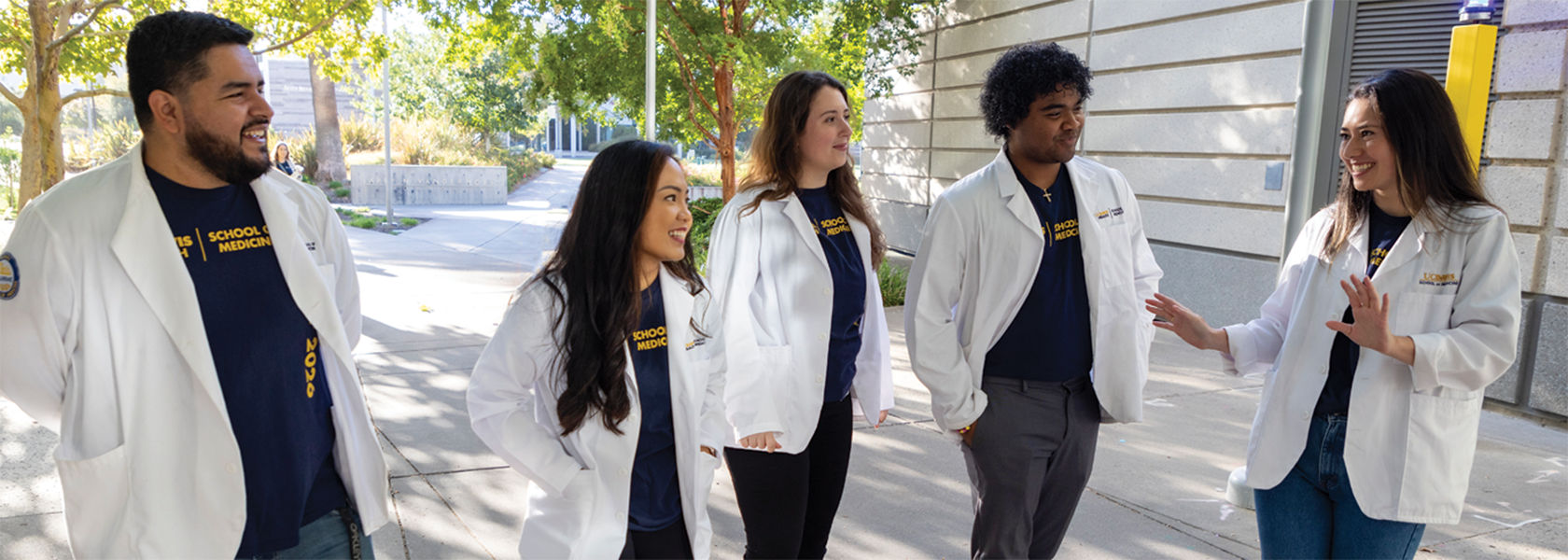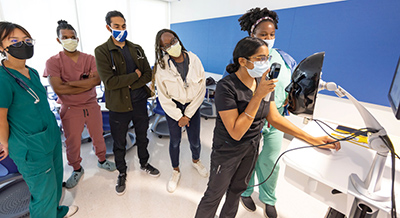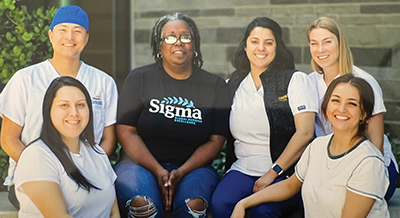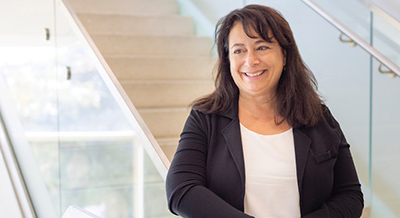Despite California’s long-standing ban on affirmative action, the UC Davis School of Medicine has become one of the most diverse medical schools in the nation as ranked by U.S. News & World Report.
For two decades, the school has used strategies such as holistic admissions practices, mission-focused school tracks, and community partnerships to attract students who will help the field of U.S. health care better reflect the diversity of communities and populations it serves.
Those efforts have gained attention in the past, such as in an American Association of Medical Colleges (AAMC) toolkit for admissions officers, and via excellence awards from INSIGHT Into Diversity magazine for the Betty Irene Moore School of Nursing at UC Davis (which also employs holistic admissions practices) and the School of Medicine.
But with the U.S. Supreme Court’s ruling this summer to effectively ban affirmative action in college and university admissions, UC Davis practices are now front-and-center in the national spotlight and discussion — including at the highest levels of government — as potential models for other schools.
“…Mr. Biden on Thursday called on leaders in higher education to consider financial means, where a student grew up and personal experiences when they are choosing among a pool of already qualified applicants,” The New York Times wrote in a July 29 article on the president’s reaction to the court’s decision.
The Times was one of a number of prominent national outlets that mentioned and analyzed UC Davis School of Medicine’s approach, as well as that of the University of California overall, in a series of articles up to and after the court’s ruling.
In July The Times dedicated 1,200 words specifically to examining UC Davis’ strategies. “To build a diverse class of students, the medical school at U.C. Davis ranks applicants by the disadvantages they have faced. Can it work nationally?” asked the article “With End of Affirmative Action, a Push for a New Tool: Adversity Scores,” which had more than 15,000 views online as of late September.
“The disadvantage scale has helped turn U.C. Davis into one of the most diverse medical schools in the country — notable in a state that voted in 1996 to ban affirmative action,” the article noted. “In its most recent entering class of 133 students, 14 percent were Black and 30 percent were Hispanic. Nationally, 10 percent of medical school students were Black and 12 percent were Hispanic.
“A vast majority of the U.C. Davis class — 84 percent — comes from disadvantaged backgrounds, and 42 percent are the first in their family to go to college. The overall acceptance rate has been less than 2 percent.”
National Public Radio’s flagship All Things Considered program, The Washington Post’s editorial board, CNN, STAT, Axios, and Bloomberg News covered the School of Medicine’s admission strategies or interviewed school leaders such as Associate Dean for Admissions Mark Henderson, M.D. Henderson and Carolina Reyes, M.D., an associate clinical professor of maternal-fetal medicine at UC Davis Health and board chair of the California Health Care Foundation, participated in a panel on admission strategies at the virtual STAT Future Summit, recapped in a STAT article.
School of Medicine leaders recounted the school’s holistic admission practices in detail in an August JAMA “Viewpoint” article. Also read more about the human impact of holistic admissions at the School of Nursing.





